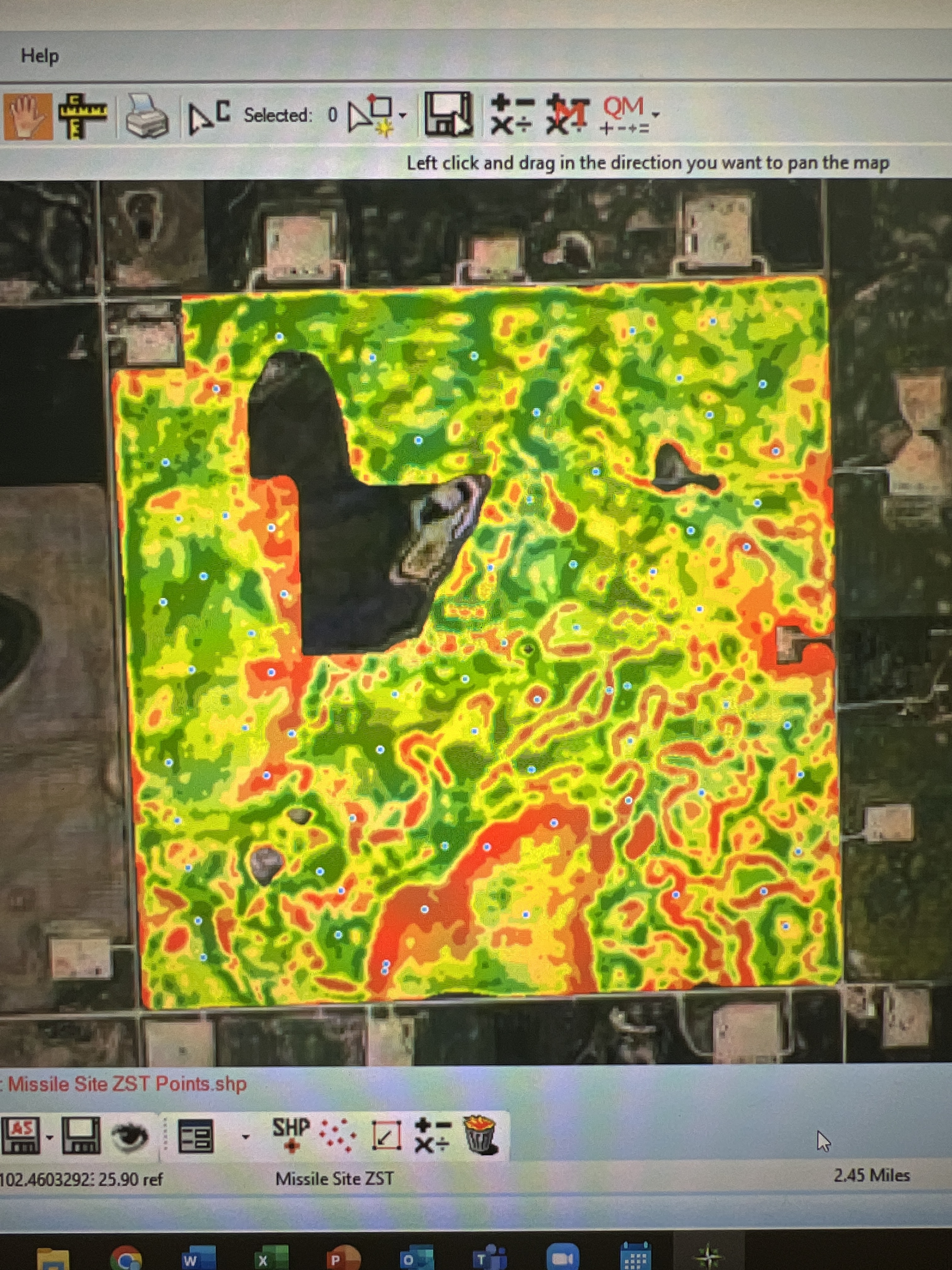Avoiding Burnout: Strategies for Coping with Long, Monotonous Days of Soil Sampling
Berthold, ND|Sep 27, 2022
Question for all of the precision agronomists or anyone that’s involved in zone or grid soil sampling:
How do you all cope with the long, seemingly endless days of soil sampling and avoid burning people out?
Answers (7):
There is a cheaper and often better alternative to zones based on soil scanning, check GeoPard Field Potential Maps, totally automated.
https://geopard.tech/blog/field-potential-maps-yield-data/#
Most of the soil sampling that we have done has been based on zones.
This is because Broadacre farming lens itself to the categorization of areas with bio vegetation or yield maps.
There is value in grid sampling for intense applications of soil amendments such as lime or sulphur.
Grid sampling, will generate many layers of information. The challenge has been to do something about it. Was growers are not prepared to pay for grid sampling strategies.
I agree with the comments you don't need to grid sample. Sample locations that make sense to monitor. As mention in an other comment this could be with tools like SwatMap, SoilOptix and don't forget yield maps (=removal maps) ect.
consistantly sample same locations to compare from one year to the next and monitor changes. I have a good list on WintexAgroCanada.com
one thing I should add is to analyze the micros as well to get a more complite overview on what is going on.
To save time you also have a Wintex automated soil sampler destributor in the USA.
By using technology like Soil Optrix or SWAT mapping with a geonics M38 you can reduce the total number of samples required. When you look at cost per acre vs speed of sampling and lab test results, and factor in things like overall resolution of the data and the ability to make better decisions with that data. Both of those techniques and technologies are very cheap!
I take all my weekends off unless I am buried. If my fields line up that they are scattered all over the place, I’ll take a half day off and regroup so new fields that come in line up better. Make sure your clients get you stuff right away so fields don’t come at you in this huge wave and you can manage it better. All my sampling is done out of a truck so taking some breaks during the day to stretch the back. Luckily I’ve got some good radio stations to occupy my mind as well. I’ll have someone come in and help me when I get buried. The good news is the days are getting shorter and cooler so that helps. It is a grind but it’s one of the most important things for your clients operation so focus on quality. I prioritize stubble fields to be fall fertilized. And any field I can get in stubble is a win.
1. It's actually not necessary to do grid sampling. The number of soil samples required can be greatly reduced by using a suitable optimization system such as cLHS.
2. For large sampling programs, crews need to be properly equipped with suitable field vehicles sporting pneumatic sampling equipment.
3. I'm a great believer in having three person crews whenever possible. One to do the sampling, one to do the bags, labels &the QC, and one to drive the lead vehicle (ideally an ATV) and determine the correct sample location using a GNSS unit. If these people rotate responsibilities part way through each day it helps significantly to minimize exhaustion.
